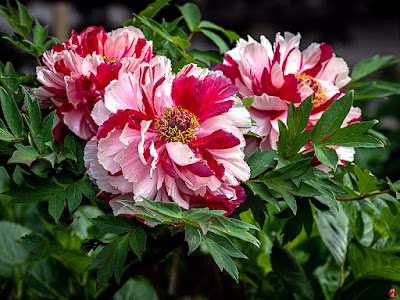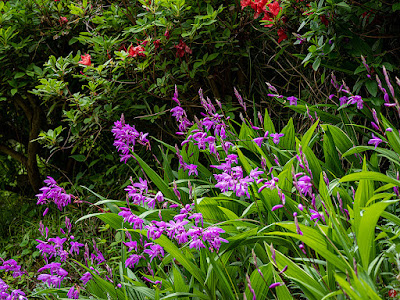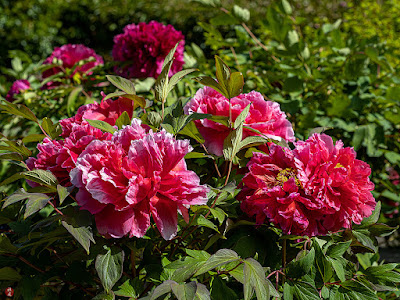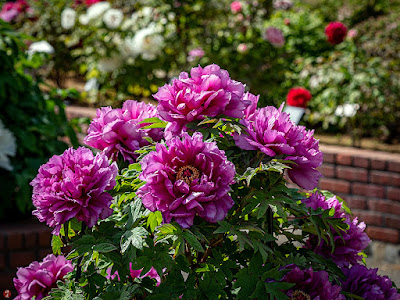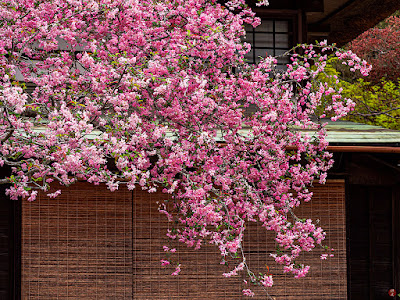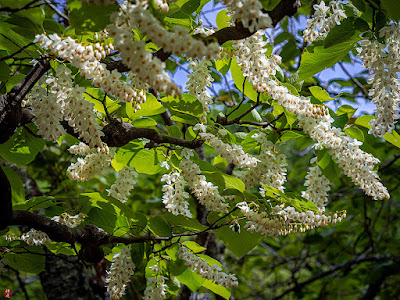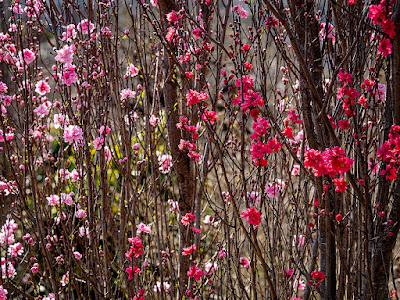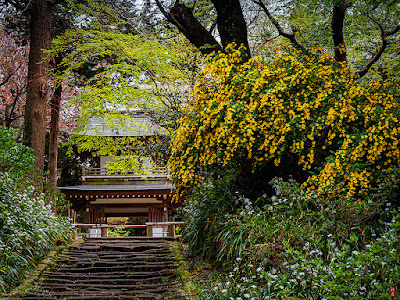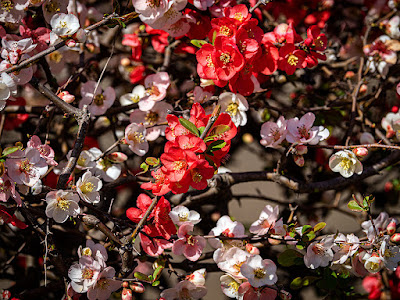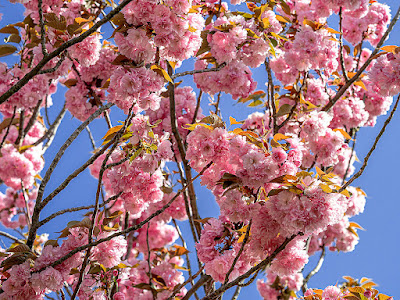Various spring flowers have bloomed and faded away one after another with very hasty steps. Now, as if to celebrate the grand finale of spring and to predict the coming of summer, the gorgeous flowers of a white peony are in full bloom majestically in the quiet garden.
The seasons are changing amazingly fast before my eyes, which always impresses on me the transitoriness of this world.
The peony is a deciduous shrub native to China, and its gorgeous flower is esteemed as the king of all flowers there. The color, the size, and the richness of its petals all suggest that it deserves such an honorific title.
These pale white flowers are swaying gracefully and sorrowfully in the gentle breeze, like a king who foresees his own fate to perish before long.


